Tucked away in the Rif Mountains in northwest Morocco is the city of Chefchaouen. Affectionately called Chaouen by locals, the city is a popular destination for tourists due to its dreamy blue-washed walls. Thousands visit the city at a time to experience its beauty and shop for local handicrafts. Chefchaouen is located inland from Tangier and Tétouan, making it only a few hours by car to get there. It makes a great day trip for anyone visiting northern Morocco. Chefchaouen is unlike anything I’ve ever seen before.
Chefchaouen’s History
Before we dive into visiting the city and why it’s blue let’s discuss the history a bit. The city was founded in 1471 as a small kasbah, a walled fortress. The kasbah was built to help defend and fight against the Portuguese invasion of northern Morocco. Eventually a settlement of local tribes, Spanish Moors and Jews grew around the kasbah creating a medina, a walled city. In the 1920’s the Spanish captured the city during the Rif War. When World War II broke out, the city saw an influx in Jewish refugees fleeing Europe. Most of them would later move to Israel in the late 40’s and early 50’s. The city was given over by the Spanish in 1956 when Morocco gained their independence.
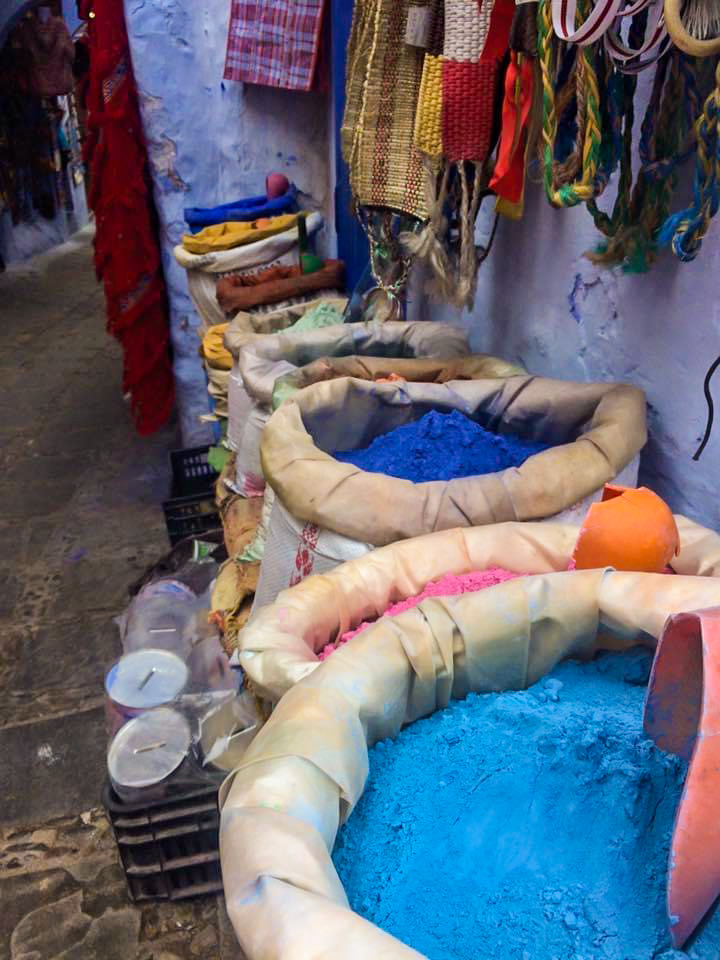
Why is Chefchaouen Blue?
There are many suggestions and theories as to why the old city has been painted blue. The locals all seem to have differing opinions on it as well. I think it may be a combination of a few different theories. Either way though, it’s interesting to think about and it makes the city unique.
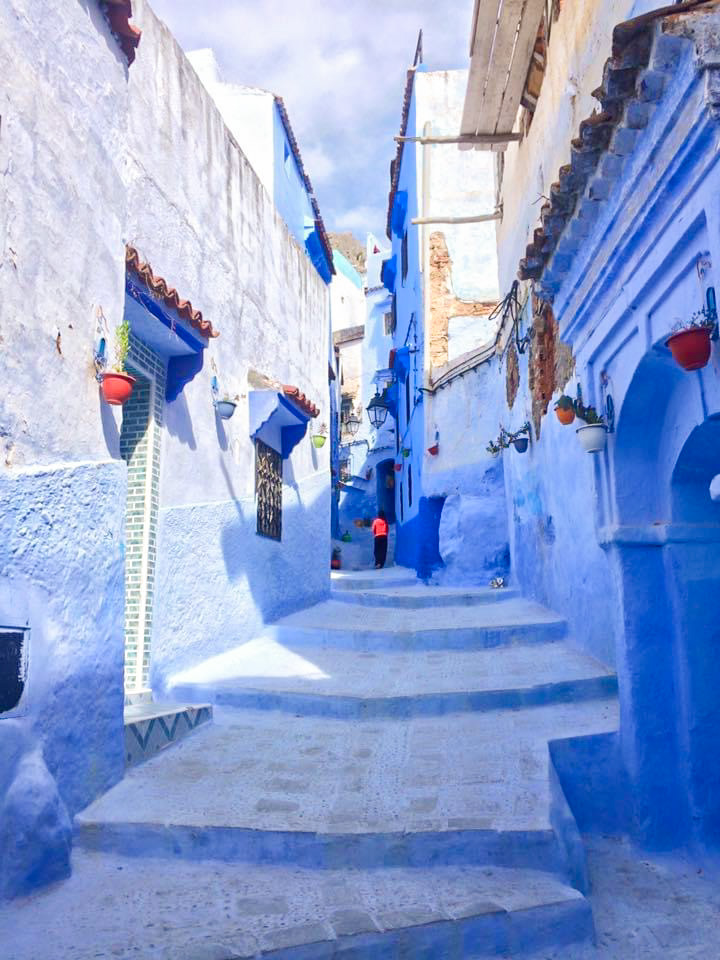
Jewish Custom and Culture
Blue is an important colour in Judaism, it symbolizes divinity as it is the colour of the sky. It is a reminder of heaven and God. It is a common tradition in Jewish communities to paint things blue and to colour fabrics blue. It’s thought that early Jewish communities in the area painted their walls blue to keep with cultural and religious practices. Some locals say the blue walls were originally only found in the Jewish neighbourhoods until recently. The wave of Jewish immigrants during the war would have added more blue to the city. This would start the trend but why did the Islamic community follow?
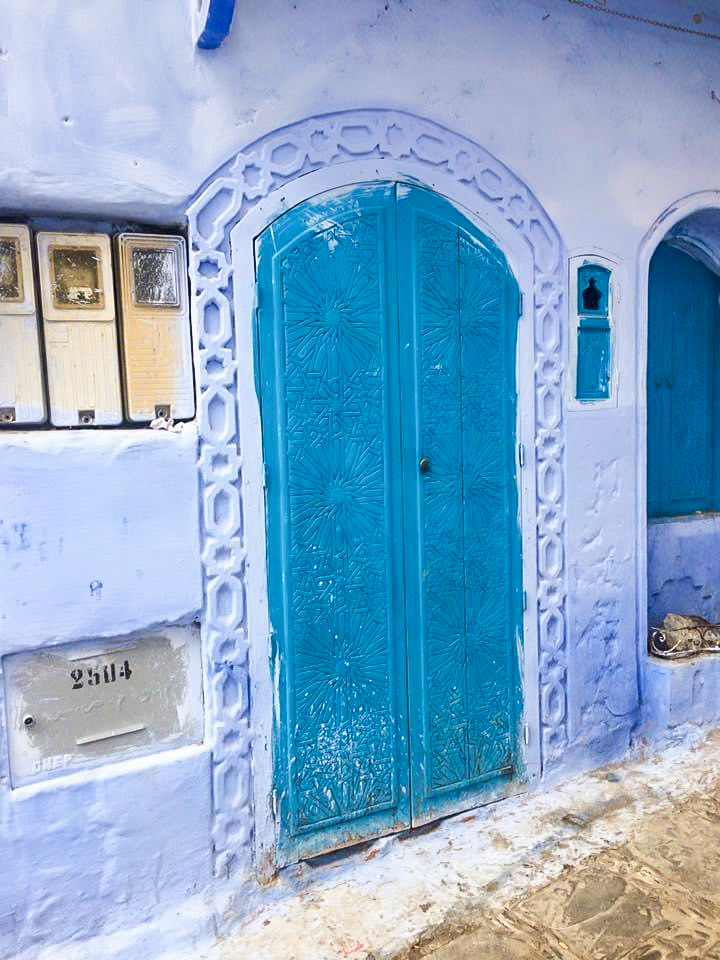
Mosquito Control
Some locals say the rest of the buildings were painted blue to help control the mosquito population. I don’t think there is much science behind this one but locals say it deters the pesky insects. A mosquitos life begins in water but they don’t really like the water. It’s possible the blue paint looks enough like water to a mosquito and makes them stay away. Honestly, I’d do anything to try and keep the mosquitos away.
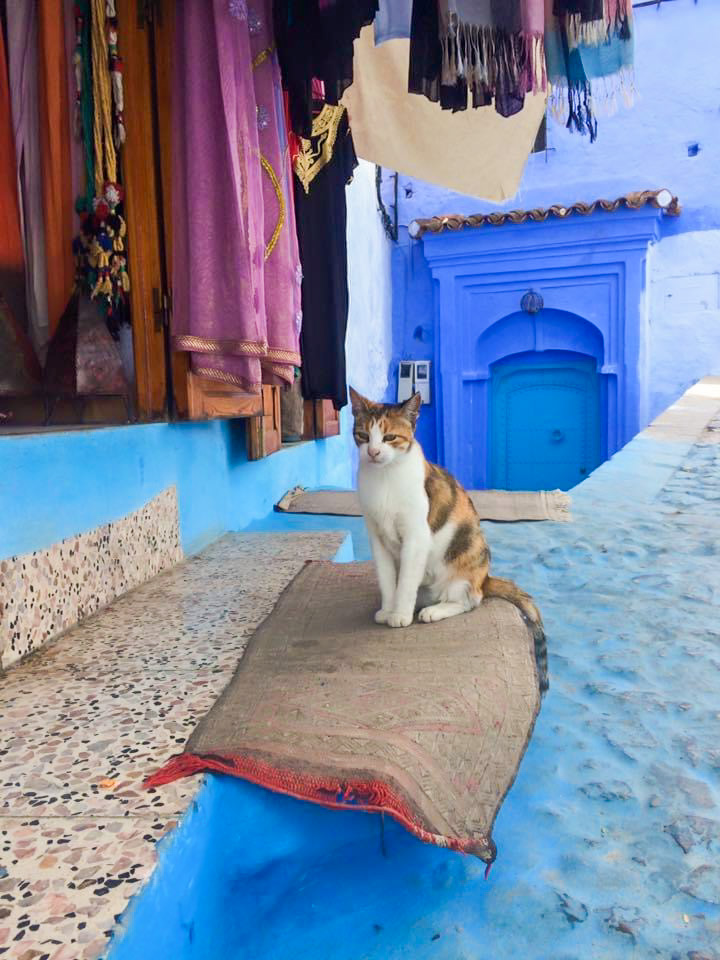
Staying Cool
Some say it helps keep the buildings cool in the warm summer months. Throughout northern Morocco the buildings are pretty much all white and Chefchaouen would have originally looked the same. Although Chefchaouen is located in a mountain range it still reaches upwards of 30 degrees Celsius in the summer months. When we were visiting Morocco we were told that the Berber people of the Sahara wear blue robes to keep themselves cool. So the theory kind of makes sense. Although it may not have been the original intention, it is possible that this is why the practice still continues today throughout the city.
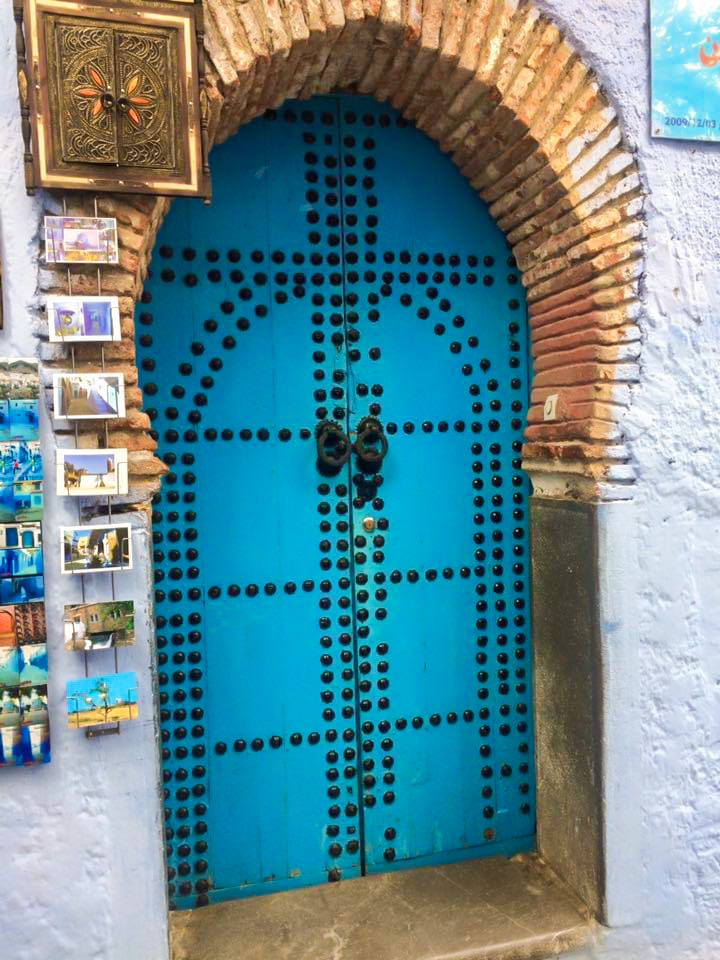
Symbolizes Water
Another theory is that the blue is to represent water. Either the shinning Mediterranean Sea or the nearby Ras el-Maa waterfall. The waterfall is the lifeline of the city. It is the main source of drinking water for the locals. The mountainous environment is a hostile one, not many crops are able to prosper in the conditions. However, Chefchaouen has managed to thrive under the difficult environment with help from this nearby water source.
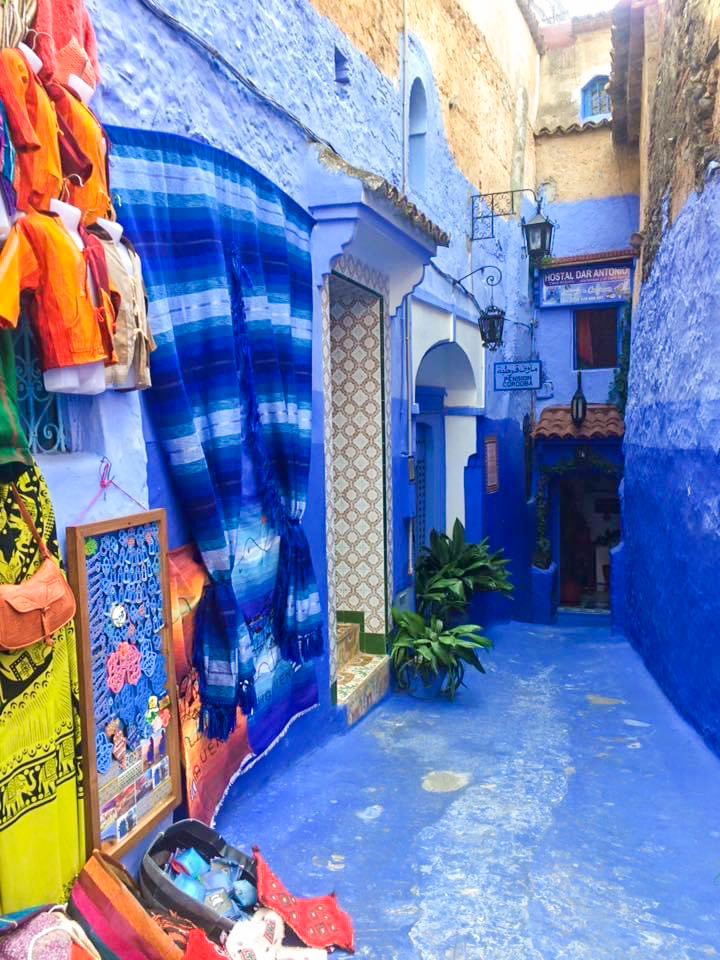
Tourism
This one quite simply suggests that the rest of the city was painted blue to attract tourists. Tourism is one of the main sources of income for the city. It is a hugely popular destination for Europeans in the summer. Some locals say that in the 70’s it was mandated that all buildings be painted blue. Again, it is possible that officials looked at the painted Jewish neighbourhoods and saw an opportunity to draw tourists in.
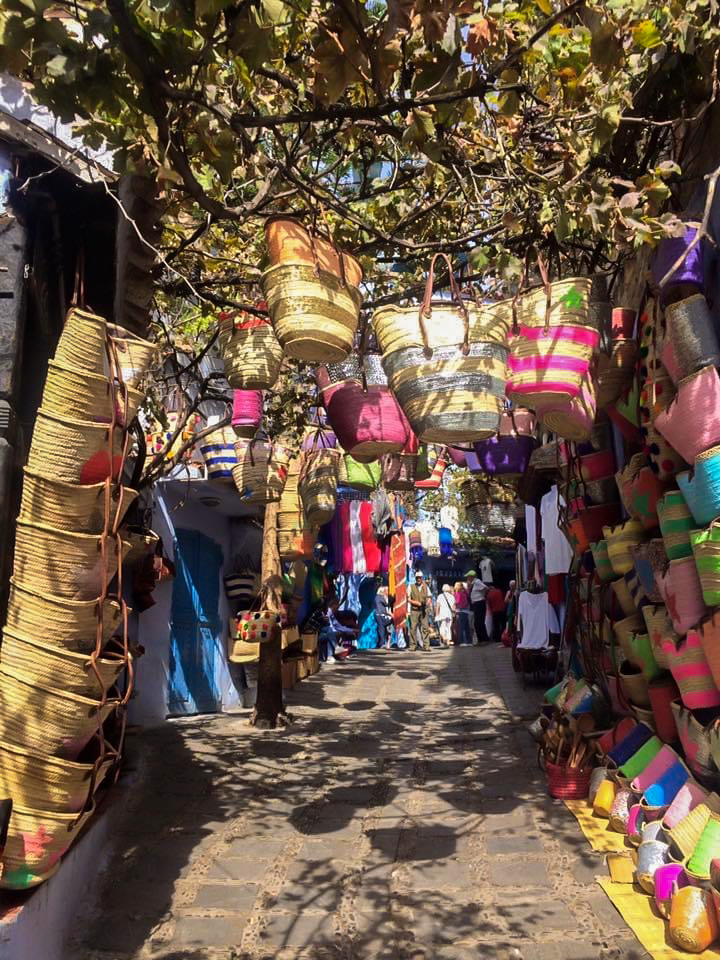
Whatever the reason though it helps to lend a quiet and relaxed vibe to the city. Also, it is incredibly pretty and is so fun to explore. It is an amazing place for a photo op.
Best Views of the City
One of my favourite things we did in the city was hike up to the Spanish Mosque. From there you get the best views of the city and really gain an idea of just how blue the city is. It is approximately a 30 minute hike up the hill from the city. Not too difficult of a hike but you should still make sure you bring lots of water. To find the trailhead, exit the city through the Eastern Gate and it’s easy to find from there. There will be plenty of other tourists making their way up as well.
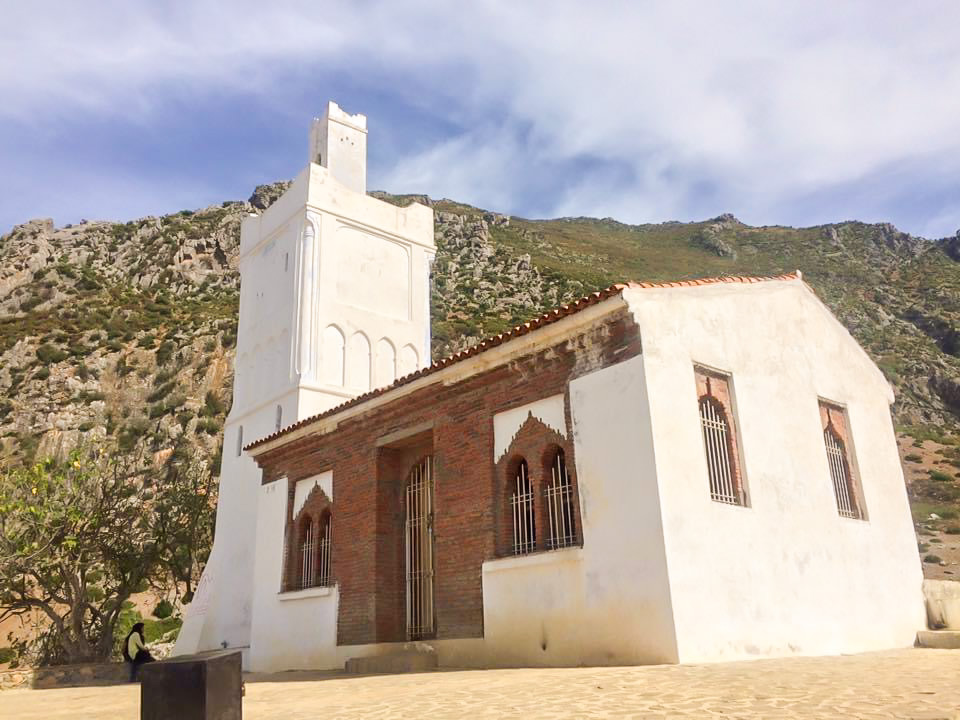
Along the trail you’ll pass small houses and farms belonging to locals. We saw farmers out grazing their goats on the hillside during our hike. It is great insight into how locals make a living in the mountains and what life there is like. We were told by our local friends to not photograph the locals without first asking their permission. This is completely fair. Most people, in general, don’t want to be photographed while they’re out working or just living their life. Many of them will probably decline but some may agree for a price. It’s always important to respect the locals and their wishes when you are visiting their city. Another thing you’ll pass on the hike is huge agave plants. While other countries use this cactus to distill alcohol, the Moroccans spin silk out of the plants. The silk is then used in a variety of textiles.
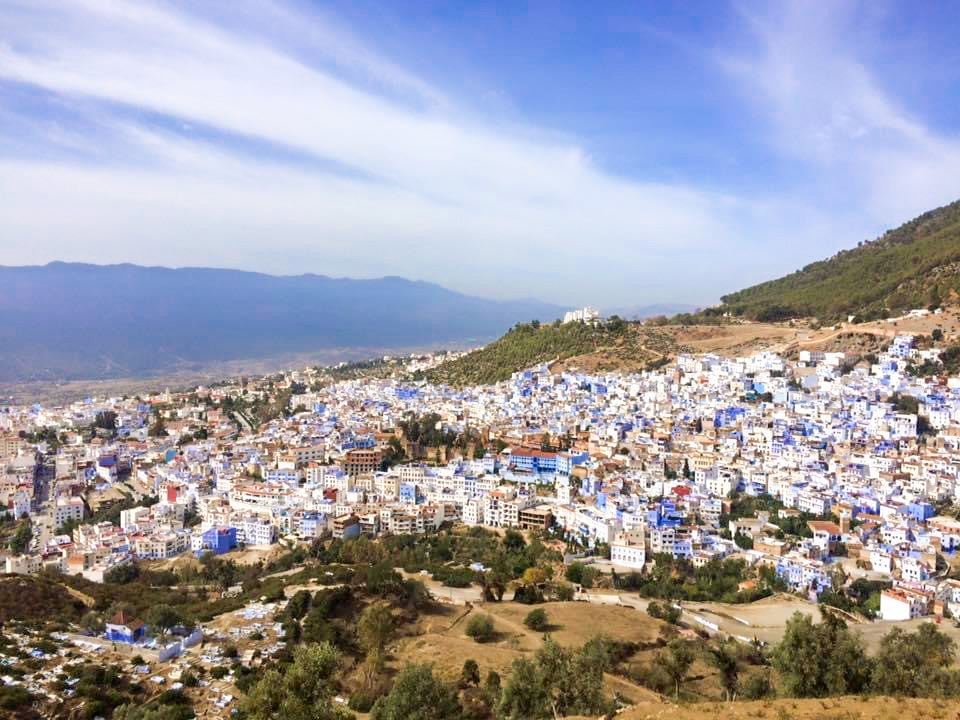
Once you reach the top of the hill you’ll spot the small Spanish Mosque. It was built during the Spanish occupation of the area but has never actually been used as a place of worship. From this spot on the hill you get panoramic views of Chefchaouen and the surrounding areas. We only went to Chefchaouen on a day trip so we didn’t stay late. I’ve been told though that this is the best place to watch the sunset. I can only imagine how beautiful it must be watching the sun set on the blue and white city. If you do venture up to watch the sunset head up early to ensure a good spot, it does get busy. And don’t forget a flashlight! The path back is not lit and can get quite rocky.
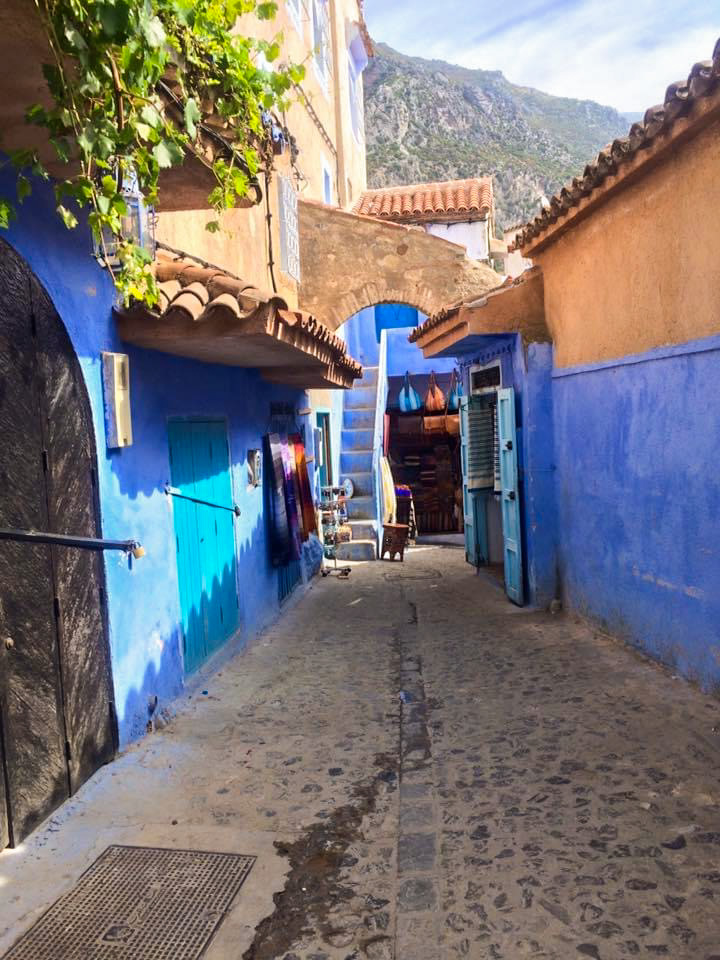
Cannabis Tourism
I feel like this needs to be talked about just so you are aware if you plan to visit the city. Morocco is of course known for its production of hashish, in fact, it is one of the top exporters. Due to this cannabis tourism is gaining in popularity with tours and experiences like hash pressing and hash and cannabis consumption becoming available to tourists. Chefchaouen is a hot spot for cannabis tourism and is one of the main growing regions. While many other crops can’t survive in the Rif Mountains, cannabis has prospered. At this point in time, cannabis still remains illegal in Morocco. The government is beginning to relax the criminalization of production of hashish and other products because they realize that it does provide stable income to a lot of households. Purchasing, selling and consuming these products is still illegal though.
Avoid a Scam
Obviously these tours are not advertised out in the open and most people hear about them through word of mouth. Just always be cautious though if someone does offer to sell you any cannabis products at any point. This will help keep you from being scammed. A common scam in the hash producing areas involves corrupt police officers and hash dealers. The hash dealer sells to unsuspecting tourists then tips off police. The officers then confiscate the hash from tourists, often to then be resold to the next unsuspecting person, and demand a large bribe to avoid escalating the matter. All money earned is split between both parties involved. It’s always good to err on the side of caution and probably in your best interest to not buy hash from a random guy on the street.
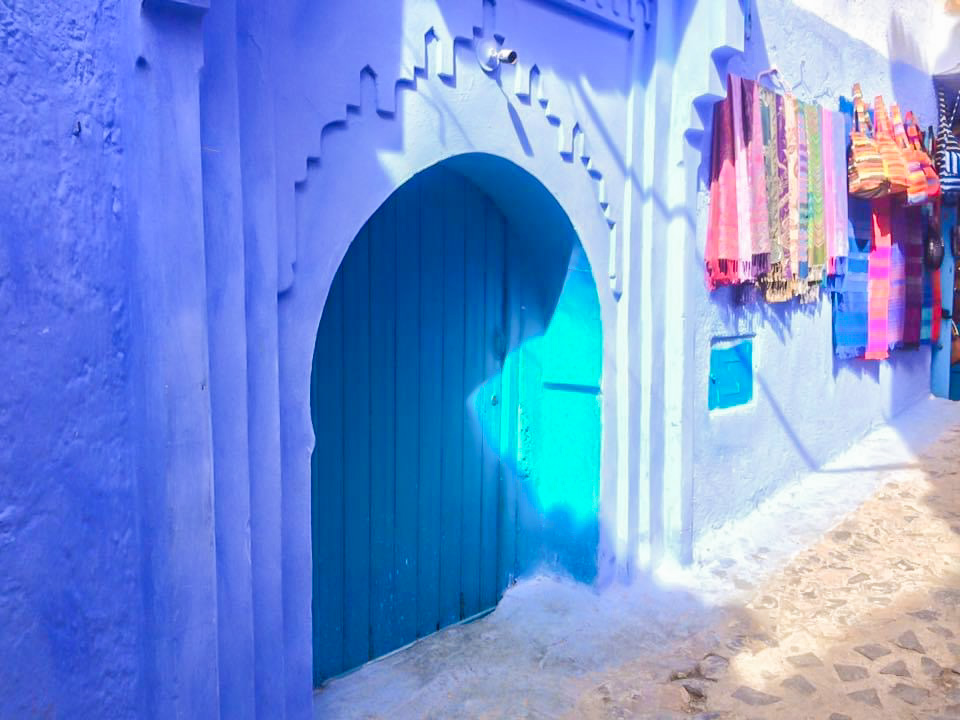
There is no denying that Morocco as a whole captured my heart. The locals are some of the friendliest and most welcoming people I’ve met. I was lucky to have been able to spend quite a bit of time traveling Morocco and Chefchaouen was definitely one of my favourite stops.
That’s all for this week! I’ve been rounding up some of my absolute favourite spots and attractions from my previous trips. Each week I’ll be hosting an Instagram poll on my story and you can vote for what you’d like to read about next. Last week I talked about St Dunstan in-the-East, a hidden garden inside the ruins of a bombed out church in the middle of London. For next week, I’ll let you decide between getting to go inside and walk among the stones of Stonehenge or visiting the Scottish Borders. Head over to my Instagram on Wednesday to cast your vote!
As always, you can also find me on Facebook, Twitter and Pinterest to stay up to date with new posts and photos.
See you next week!

You have done it again Calli. Very interesting article. My money is on the Jews. In Vancouver there is a large Jewish community at 41st and Cambie and many of the commercial buildings have blue tile on the exterior walls.
As for the hashish scam, I experienced that in Jamaica with pot and other options. Not a nice way to treat innocent tourists.
That’s my bet as well. I think that is how it began and the tradition kept up, most likely for tourists.
I read a story the other day about it happening to a guy in Mexico at a bar. He’d had one beer and they tried charging him 300USD for it. Definitely have to be careful, there’s scams everywhere